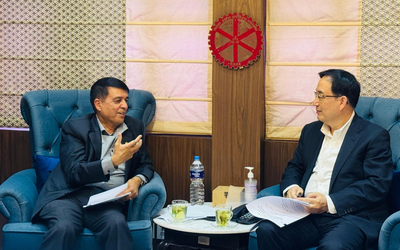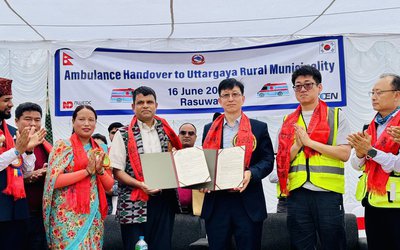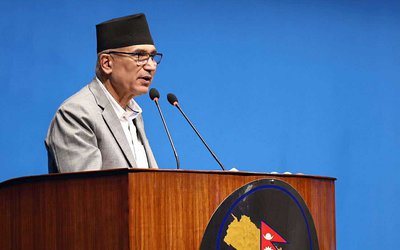More on Economy




Nepal, Bangladesh and Pakistan led the way with the greatest percentage-point change in the proportion of the population with access to improved sanitation facilities between 1990 and 2015.
In Nepal, a country in which just 4% of people had access to improved sanitation facilities in 1990, access rose by 42 percentage points to 46%. Bangladesh improved its score by 27 percentage points — 61% now have access to improved sanitation facilities.
But new data show India is lagging behind its neighbors in providing access to adequate sanitation. “Progress on Sanitation and Drinking Water,” a report published by the United Nations Children’s Fund and the World Health Organization this week, says that advancements in meeting Millennium Development Goals, or MDGs, by 2015 in relation to sanitation have faltered worldwide. The report says 2.4 billion people still don’t have access to improved sanitation.
A World Health Organization report said in 2014 that 597 million people in India still relieved themselves outdoors. And the new WHO/Unicef report says that the Southern Asia region has the highest number of people who defecate in the open.
Pakistan’s percentage point change was 40–64% of people have use an improved sanitation facility.
India meanwhile, had a lower 23 percentage point increase in the same period – bringing the number of people with access to improved sanitation facilities to 40%.
And Sri Lanka is way ahead, with 95% of people having access to improved sanitation. The report defines an improved sanitation facility as one that hygienically separates excreta from human contact and the target was for 50% or more of those with inadequate water or sanitation in 1990 to have adequate sanitary services in 2015.
Likewise, rates of open defecation have reduced, but India still has the highest percentage of the population defecating in the open–with 44% of people going outside in 2015—down from 75% in 1990, compared with a 13% figure for Pakistan in 2015, 32% for Nepal and only 1% for Bangladesh.
But, the report says: “The 31 per cent reduction in open defecation in India alone represents 394 million people, and significantly influences regional and global estimates.”






